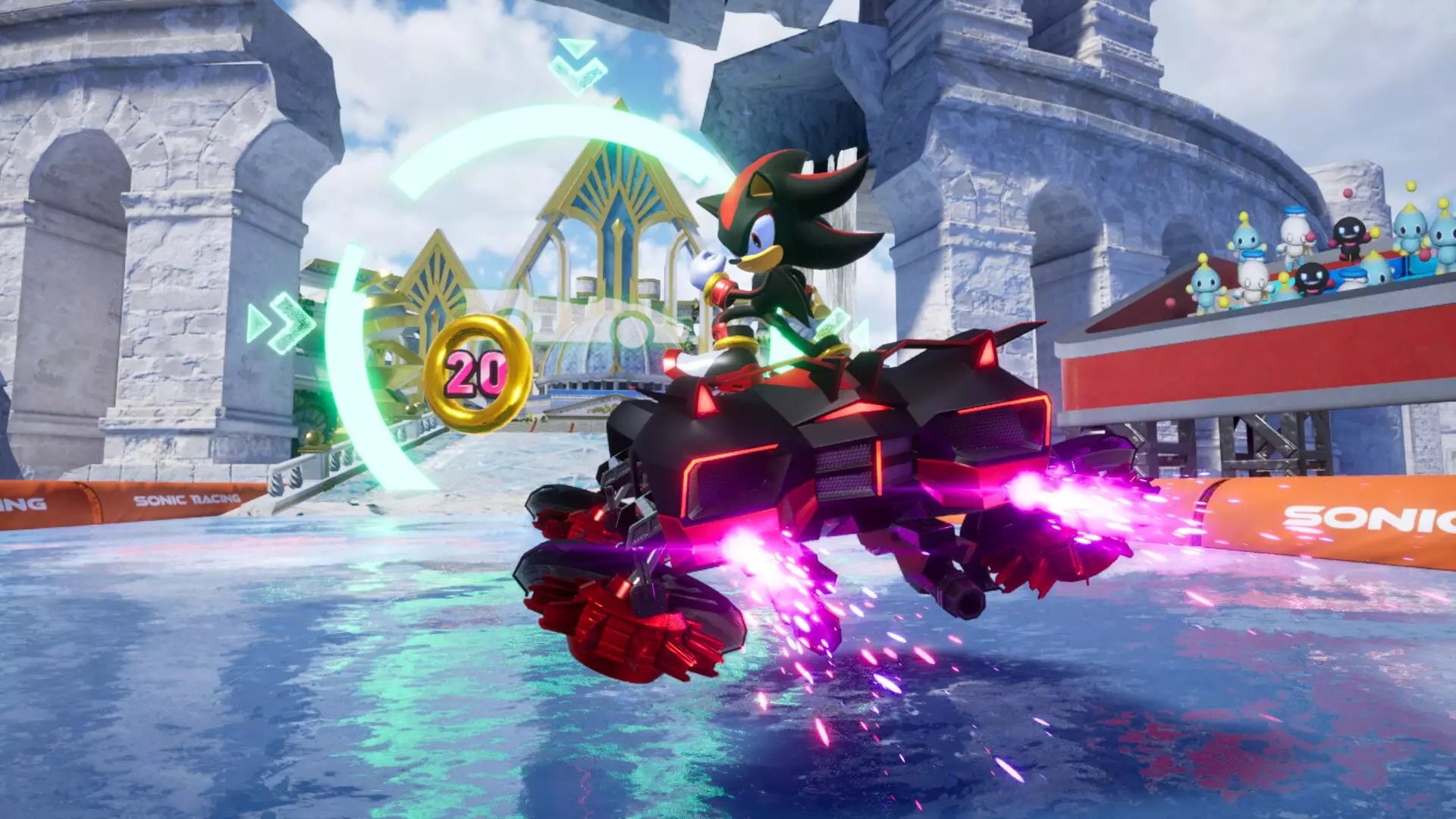In the ever-evolving landscape of racing games, Sonic Racing: CrossWorlds stands out due to its unconventional approach to game mechanics. Diminishing reliance on items for competitive balance strikes a nerve, hinting at a desire for raw skill to take center stage. According to Takashi Iizuka, a veteran producer of the Sonic franchise, the fresh strategy stemmed from a collaboration between teams experienced in Sonic and Sega Arcade Racing. These developers focused on creating a “balanced, fair” racing experience, reminding us all that sometimes, less truly is more.
The conscious decision to strip the game down to its fundamental racing mechanics is both brave and controversial. It reflects a profound understanding of what racing should feel like—a test of reflexes, strategy, and skill—while eliminating the chaotic randomness introduced by power-ups. The genesis of this philosophy, as Iizuka elucidates, lay in the foundational layers of course and vehicle design. The pivotal moment came when developers realized that an engaging racing experience could thrive on skill alone.
A Ruthless Approach to Balance
The playtesting phase of Sonic Racing: CrossWorlds showcases the team’s commitment to crafting a fair but exhilarating experience. Iizuka discloses that they adopted a somewhat merciless mindset. By scouring through playtest results, they sought to eliminate any item that led to undue frustration or disrupted the competitive spirit. In pursuing an equilibrium between excitement and fairness, the developers were relentless—removing items that skewed the game in favor of luck over skill. This meticulousness suggests not just an intention but a deep-rooted philosophy that prioritizes player experience over sheer chaos.
While other racing franchises like Mario Kart thrive on item-induced pandemonium, Sonic Racing aims to differentiate itself. One might liken it to an artist who meticulously selects each brushstroke over a salvaged montage of colors. The result? A coherent and polished racing experience that retains the thrill of competition without descending into complete randomness. That said, the choice to include items at all is equally intriguing, as it hints at a balance of strategy and spontaneity that players might find invigorating.
Crafting an Engaging Future
As Sonic Racing: CrossWorlds broadens its scope, players enter a competitive arena where skill prevails over chance. This can radically alter the racing landscape, offering a refreshing alternative to the item-saturated experiences found in other franchises. It will be fascinating to witness how players adapt to this dynamic. This return to core racing mechanics, while still embracing elements of fun and spontaneity, sets the stage for creating a more focused and engaging contest.
The emerging question is whether this innovative approach will draw dedicated players disillusioned by item-dependent gameplay. Will they revel in what Sonic Racing presents as a battlefield of skill rather than a carnival of chaos? With an emphasis on “the right amount of chaotic,” Sonic Racing: CrossWorlds could redefine what we expect from racing titles moving forward. The thrill of competition may finally revert back to its roots—fast-paced, exhilarating, and most importantly, fair. With future developments and updates on the horizon, all eyes will be on Sonic Racing as it races toward a promising new chapter.


Leave a Reply